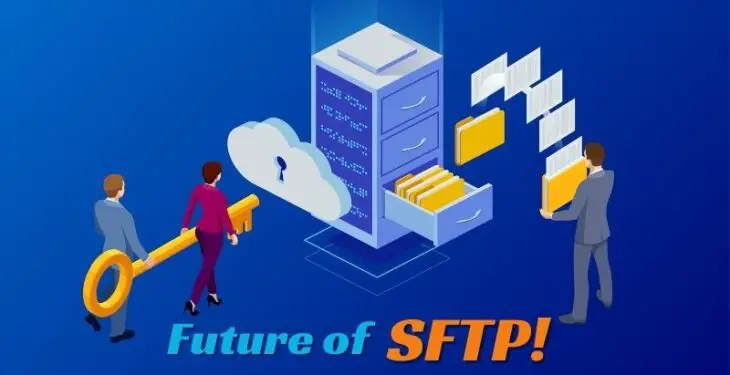In the realm of secure data transfer, Secure File Transfer Protocol (SFTP) has long stood as a bastion of reliability and security. Leveraging the robustness of Secure Shell (SSH) protocol, SFTP has been a preferred choice for businesses and individuals looking to transfer data securely. However, as we move further into the digital age, what does the future hold for SFTP? Here’s an exploration of trends and predictions that could shape the evolution of SFTP in the coming years.
Enhanced Security Measures
As cyber threats become more sophisticated, the need for secure data transfer protocols that can withstand new types of attacks will increase. Future iterations of SFTP are likely to include enhanced security features such as multi-factor authentication, more robust encryption algorithms, and advanced intrusion detection systems. These improvements will ensure that SFTP remains a secure option for transferring sensitive information, even as potential threats evolve.
Integration with Cloud Services
The shift towards cloud-based services is undeniable, and SFTP is no exception. We can expect to see tighter integration between SFTP servers and cloud storage solutions, allowing for seamless transfers between on-premise systems and the cloud. This integration will likely include improved support for various cloud platforms, making SFTP a more flexible and versatile tool for modern businesses.
Automation and AI Integration
Automation is becoming a critical component in many digital processes, and SFTP will likely incorporate more automation features. This might include automated file transfers based on specific triggers, predictive analytics to optimize transfer times and bandwidth, and even AI-driven security measures to detect and respond to potential threats in real-time.
Increased Performance and Scalability
As the size and frequency of file transfers continue to grow, future SFTP solutions will need to be more performant and scalable. This could involve optimizing the underlying SSH protocol for faster speeds, improving compression techniques to reduce transfer sizes, and enhancing the scalability of SFTP servers to handle larger numbers of simultaneous connections.
Regulatory Compliance
With the increasing emphasis on data privacy and security, regulatory compliance will become an even more critical aspect of file transfers. Future SFTP solutions will likely include more comprehensive logging and reporting features, making it easier for businesses to prove compliance with various regulations. Enhanced data protection features, such as automatic encryption of sensitive files, might also become standard.
User-Friendly Interfaces
While SFTP is known for its security and reliability, it’s also been criticized for its lack of user-friendly interfaces. In the future, we can expect to see more intuitive, graphical interfaces for SFTP servers and clients, making the protocol more accessible to users who might not be technically savvy.
Conclusion
The future of SFTP looks promising, with trends pointing towards enhanced security, better integration with cloud services, increased automation, and improved performance and scalability. As businesses continue to require secure and efficient ways to transfer data, SFTP will likely evolve to meet these needs while maintaining its core emphasis on security and reliability. As we look to the future, one thing is clear: SFTP will continue to be a critical tool in the arsenal of secure file transfer protocols.





